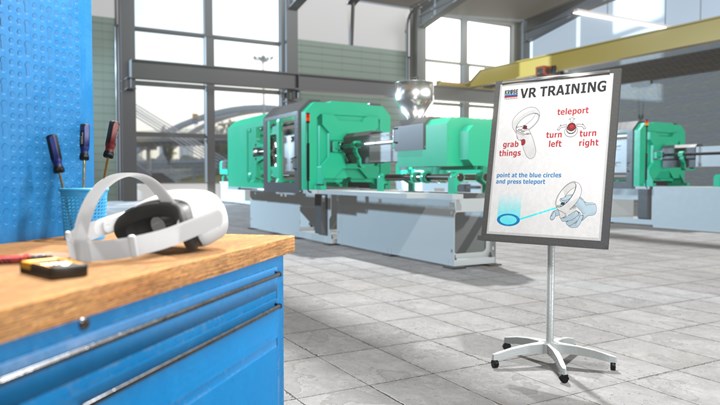Strategic Workforce Management Supports the Moldmaking Industry
NPE2024: Kruse presents its workforce management framework for optimized organization and management of human resources.
Share
Read Next

Source: Kruse Analysis Inc.
Injection molding simulation service and technology provider shares the key to organization within a company lies in its tactical management of human resources.
Kruse Analysis’ ATR (attract, train and retain) framework offers a complete approach to optimized workforce management. According to the company, the first step is attracting the best talent, followed by honing their skills via practical training to ensure a long-term company commitment.
This strategy is in tune with evolving workplace dynamics and promotes continued learning and improvement within an organization.
Kruse Training implements eLearning complete with virtual reality training methods for recruiting and developing a skilled engineering workforce. In today’s modern world, the prevalence of technology makes clear that quick learning is key to asserting a competitive edge in mold design and moldmaking.
The company says eLearning techniques in the moldmaking industry are the first steps toward a more sustainable economy. The progression includes technological advancements, cost-effectiveness and resource optimization, accessibility and inclusivity and the impact on employee productivity and retention. These factors encapsulate the reason why this advanced and strategic workforce management in the moldmaking industry is successful.
Related Content
-
See Recyclers Close the Loop on Trade Show Production Scrap at NPE2024
A collaboration between show organizer PLASTICS, recycler CPR and size reduction experts WEIMA and Conair recovered and recycled all production scrap at NPE2024.
-
Beyond Prototypes: 8 Ways the Plastics Industry Is Using 3D Printing
Plastics processors are finding applications for 3D printing around the plant and across the supply chain. Here are 8 examples to look for at NPE2024.
-
AI: The Next Big Thing in Plastics Processing
Discover how artifical intelligence is revolutionizing plastics processing. Hear from industry experts on the future impact of AI on your operations and envision a fully interconnected plant.




